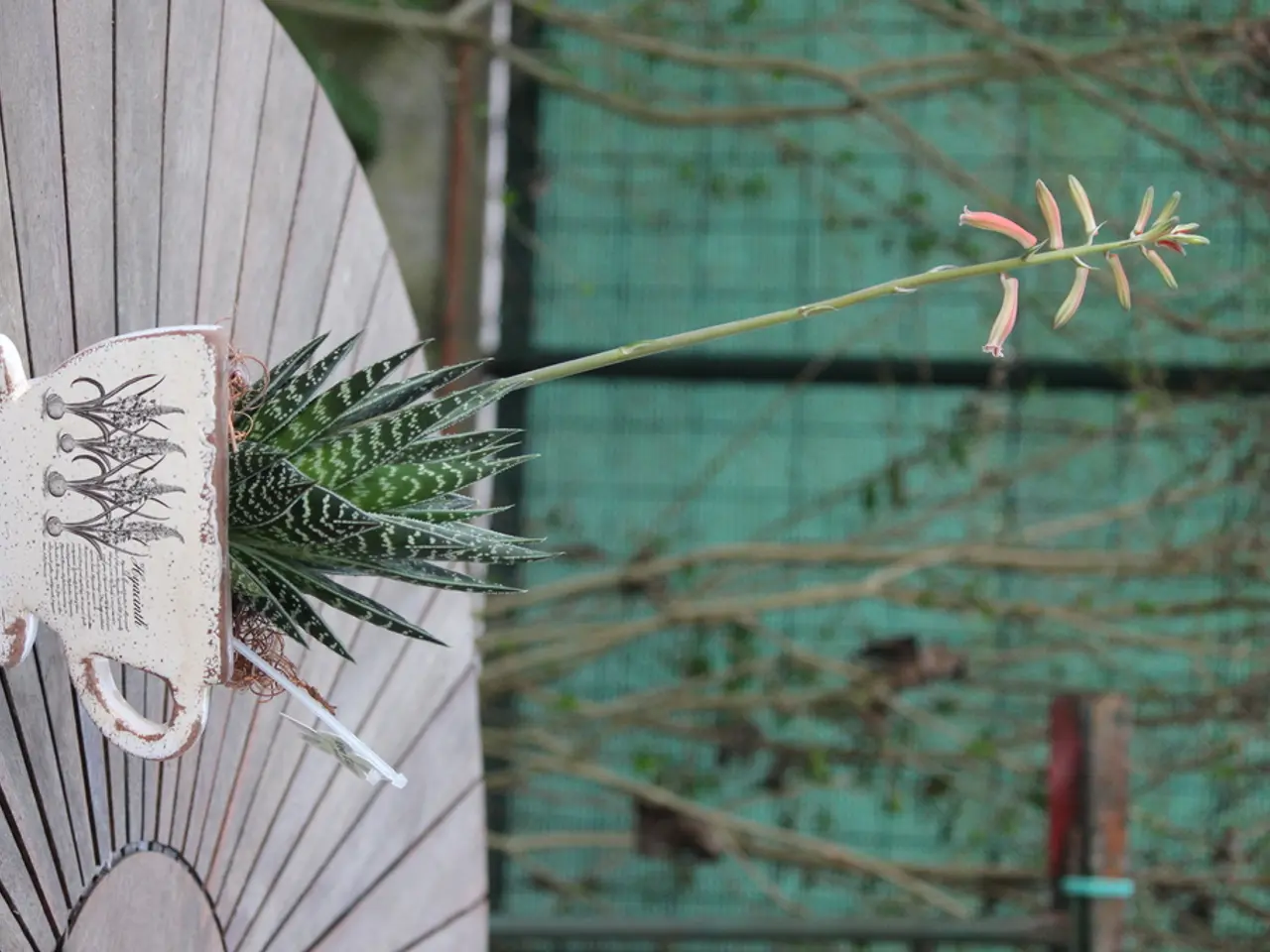Pruning Bonsai to Foster Branch Growth: Improving the Shape Profile
In the world of bonsai, defoliation is a crucial technique that allows the tree's underlying structure to shine. By strategically removing select foliage, you can reveal a refined silhouette characterized by a harmonious balance of line, shape, and mass.
To ensure the health and peak development of your bonsai, it's vital to synchronize defoliation with the tree's natural rhythms. For deciduous species, defoliation is typically performed during the spring or summer, when new growth is emerging. Evergreen species, on the other hand, can be defoliated during the spring or fall, when growth is slower.
The ideal timing for bonsai defoliation is early to mid-summer. This timing allows the tree to produce a new set of leaves and recover before entering winter dormancy, minimizing stress. Regarding frequency, defoliation should not be done too often to avoid excessive stress; typically, it is performed once per growing season, with careful partial defoliation sometimes used if needed to reduce impact.
With the right timing and frequency, defoliation maintains bonsai aesthetics and health without over-stressing the tree. However, over-enthusiastic defoliators often remove too much foliage, which can stress the plant and lead to a decline in health and aesthetics.
Removing too much foliage can result in reduced photosynthesis, increased water loss, decreased disease resistance, unbalanced growth, and vulnerability to environmental stressors such as intense sunlight, extreme temperatures, and pests.
Defoliation can be too intense for newly acquired or young bonsai trees, risking setbacks. Instead, focus on establishing a strong foundation through proper watering, fertilization, and careful pruning.
Ignoring tree signals, such as changes in leaf color, drooping branches, or slowed growth, can lead to weakened trees that are more susceptible to disease and pests. It's essential to pay attention to these signs and adjust your care strategies accordingly.
Defoliation is not universally applicable; some species, like conifers and certain deciduous trees, may not respond well or may be stressed by leaf removal, requiring careful consideration before implementation. Common signs to watch for include yellowing or browning leaves, drooping or brittle branches, slow or stunted growth, and unusual pest activity.
In summary, defoliation is a powerful tool for shaping and maintaining the health of your bonsai. By understanding the ideal timing, frequency, and species-specific considerations, you can ensure your bonsai thrives while maintaining its aesthetic appeal. With patience and consistent care, you'll witness the results of your defoliation efforts in several weeks to a few months.
Maintaining a bonsai tree's lifestyle often involves home-and-garden tasks such as gardening, and defoliation is one such technique that can contribute to its health and aesthetics. To enhance the garden ambiance, it's not uncommon to consider incorporating a well-maintained bonsai as a home-and-garden decor element, thus combining the allure of home-and-garden design with the bonsai gardening art.




